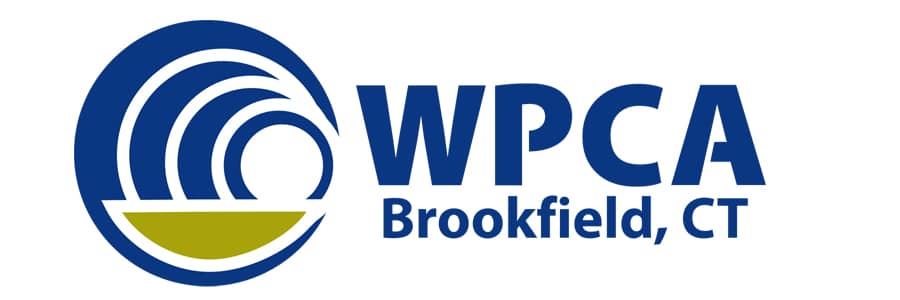Rules and Regulations
The Water Pollution Control Authority for the Town of Brookfield, Connecticut adopted their Rules and Regulations on April 6, 1976. The document has since been amended several times.
February 2023 Proposed Changes
Changes to modify Section 1.2 on capacity allowance for Brownfield Properties. [Download].(Tabled — Not adopted.)
October 2022 Changes. Modification of
- TREATMENT CAPACITY MANAGEMENT
- DEFERRED PAYMENT OF CAPITAL COST RECOVERY CONNECTION CHARGE
December 2021 Changes
Changes to limit sewer connections due to capacity restrictions. See recent changes adopted 12-15-21 [Download]. These changes are integrated into the full RULES AND REGULATIONS document. This can be downloaded by click on the image at the left above.
October 2020 Changes
A. Changes to Capital Cost Recovery Connection Charge (CCRCC) for projects under construction when bond period ends. Changes were made only to Section 7.3.1.
B. Sewer Service Area Map Adjustments. See map page showing October 2020 changes.
A. Expansion of rules regarding fiberous materials (rags, diapers, disposable wipes) entering the sewer system.
B. Adjusting the Capital Cost Recovery Connection Charge (CCRCC) to allow for longer payment periods for large charges.
See full text of February & June 2020 changes
February 2020 Changes:
A. Addition of rules regarding charges for private pump station and Fat-Oils-Grease (FOG) trap inspections.
B. Setting a fee of $80 per year for each private pump station and each FOG interceptor, billed semi-annually.
See full text of February & June 2020 changes
January 2019 Changes:
A. Changes pertaining to submission of electronic as-built drawings
B. Provisions requiring a sewer permit for modifications to a structure’s building sewer
C. Codify in the Rules and Regulations provisions governing the existing Danbury Plant Charge
D. Substitute current tables from the Public Health Code as warranted
See full text of January 2019 changes
March 2017 Changes:
- Related to Permanent Maintenance Agreements (Covers condo communities)
- Added new Section 7.3.3 concerning Capital Cost Recovery Connection Charges
See full text of March 2017 changes.
August 2014 Changes:

1) Changes to Rules and Regulations August 2014: (Download PDF document on rule changes)
- Regulations related to multi-family dwellings;
- WPCA discretion on providing sewer service. This change could affect large projects that have the potential of producing high capacity sewer flow. Brookfield has a limit as to the quantity of flow permitted to be sent to Danbury for processing. Sewer capacity is a limited resource.
2) Regulation changes to Permanent Maintenance Agreements, which affect condo properties and the Capital Cost Recovery Charge.

3) A major update to the Brookfield WPCA Water Pollution Control Plan. This is something required by State Statue. There are a number of revisions, mostly to take into account changes in the system over the last two years. (Download PDF updated Water Pollution Control Plan)
4) A map is part of the Rules and Regulations. [View map on web] (Download Map as PDF)
5) All these changes were adopted and incorporated into the Brookfield Rules and Regulations.
June 2013 Changes:
On June 26, 2013, a Public Hearing was held to consider changes in the Brookfield Water Pollution Control Authority Sewer Use Rules and Regulations to modify the Regulations to:
1) Bill usages charges to be billed sem-annually instead of quarterly. This is to make the operation more efficient to keep costs and rates down. There is no change in usage rate. Rates remain at $380 per year per unit for Fiscal Year 2013-2014.
Bills will be sent out in December and June of each year. The following notice was inserted in the September 1, 2013 bill:
2) Modify the inspection rate from $50 to $75 per hour. This is to come closer to covering the full cost of inspection time. Inspections are typically done in instances of construction.
3) Other technical changes are made to update the Regulations and include a clearly articulated means to calculate the Capital Cost Recovery Connection Charge.
